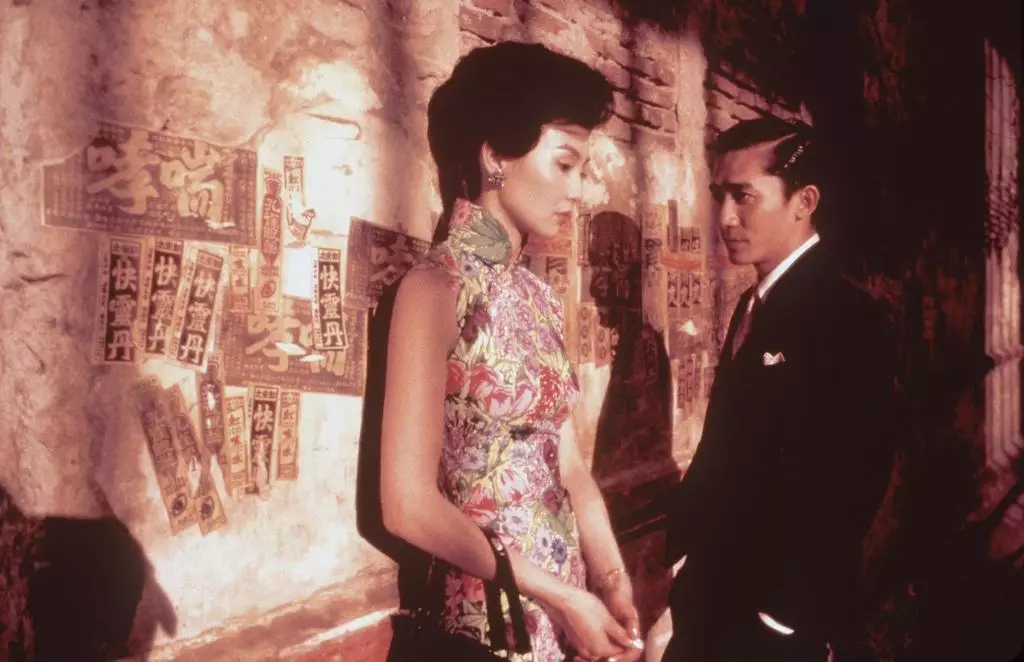In today’s filmmaking landscape, dominated overwhelmingly by blockbuster franchises and commercial giants, the success of an indie film like *Sorry, Baby* feels almost revolutionary. Directed by Eva Victor, the film quietly shattered expectations with a robust limited release, pulling in about $86,500 from just four theaters—an impressive $21,600 per screen. This feat is not simply a numbers game; it’s a testament to the growing appetite for fresh voices and daring storytelling that deviate from the Hollywood assembly line. What makes this achievement especially remarkable is that *Sorry, Baby* is a debut feature, both directed and written by Victor, who also stars alongside notable talents such as Naomie Ackie and Lucas Hedges. Critics have nearly unanimously embraced the film, which boasts a 96% Certified Fresh rating on Rotten Tomatoes.
That kind of critical reception signals something more profound than a fleeting indie success. It speaks to a cultural hunger for layered, sophisticated dark comedies, narratives that challenge and reflect our times without the crutches of grand budgets or CGI spectacle. Sundance may be the first stage, but *Sorry, Baby*’s promising rollout through the summer will test whether the theatrical audience is ready to embrace this kind of cinema outside festival hype.
Indie Films Struggling to Carve Out Space in a Saturated Market
Notwithstanding *Sorry, Baby*’s triumph, the broader market tells a sobering story. The 2025 box office has been a battleground where big studios are increasingly tightening their grip on screen allocation and audience attention. Films like *Materialists* by Celine Song remain rare bright spots, but their survival depends on shrewd distribution and cross-platform monetization strategies. *Materialists* nearing $30 million over three weeks on nearly 2,000 screens is impressive but extremely rare for an indie, underscoring the uphill battle smaller fare faces when competing with the marketing might of major players.
These dynamics expose a pressing truth: indie cinema is often a niche endeavor financially, despite often being where the most experimental, heartfelt, and socially insightful films live. Low-budget releases usually struggle just to recover marketing and acquisition costs. However, innovative partnerships—like IFC’s use of its Shudder streaming service—show a model for sustainability, blending traditional theatrical release with digital platforms to nurture both revenue and visibility.
The Quiet Power of Documentary and Art House Films
Beyond narrative features, documentary and art house films hold an essential place in indie cinema’s ecosystem. Albert Serra’s *Afternoons of Solitude* and Elliot Kirschner’s *The Last Class* exemplify the kind of daring, often underappreciated projects that leverage minimal theatrical runs, festival accolades, and engaged niche audiences for impact. The fact that Spike Lee personally endorsed *Afternoons of Solitude* at a New York Film Festival screening suggests a reverence for these quieter, artistic creations in a sea of mainstream noise.
Yet their financial returns—like $9,100 on a single screen or $10,600 for a Robert Reich documentary—reveal the harsh economic realities. These small figures belie the cultural worth of such content, which grows exponentially when considering educational value, discourse generation, and streaming longevity. The industry must embrace alternative value metrics beyond immediate box office dollars to foster these voices.
Rereleases: A Surprising Boon for Theatrical Attendance
An intriguing trend aiding indie cinema is the theatrical re-release of classic films. Janus Films’ upcoming rerelease of Wong Kar-wai’s *In The Mood For Love* reminds us that there is still a yearning for cinematic artistry in a communal setting. The 25th anniversary push, accompanied by rarely seen shorts, is projected to pull $52,000 domestically in a limited run, an amount that rivaled or exceeded many new indie openings this weekend.
This phenomenon signals two things: one, nostalgia and appreciation for film history can fill seats when strategic marketing meets genuine artistic reverence; and two, the theatrical experience remains irreplaceable for film lovers craving more than streaming’s convenience. The industry ought to capitalize on this by blending curated retrospectives with fresh indie content, constructing a richer, more varied exchange between audiences and cinema.
A New Era of Indie Opportunity—If They Can Seize It
The state of indie films in 2025 reveals a paradox: power and promise shadowed by fragility and fierce competition. Studios are reasserting control over screens and audiences, yet authentic, boundary-pushing films like *Sorry, Baby* prove that independent cinema still holds tremendous cultural relevance. If indie filmmakers and distributors remain creative in their rollout strategies—leveraging festivals, streaming partnerships, limited yet targeted theatrical releases, and the power of film heritage—they can carve out sustainable, impactful spaces.
However, this requires a conscious shift from viewing success solely through box office figures to appreciating the broader ecosystem where indie films thrive: thoughtful, engaged communities, cross-medium storytelling, and nostalgic reverence that keeps theaters alive. The future of indie cinema depends on this balance—not just surviving but thriving as an indispensable counterweight to the blockbuster juggernauts.


Leave a Reply